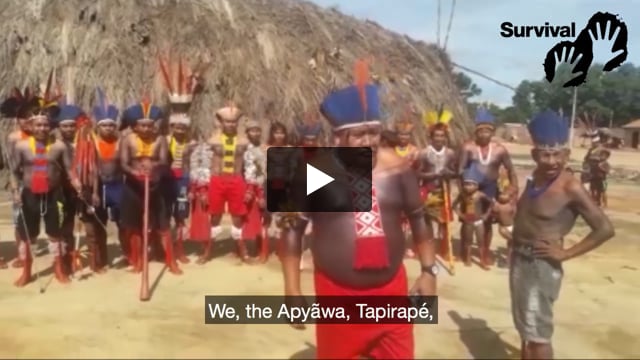Malaria and hepatitis threaten Javari Valley tribes
April 27, 2007
This page was last updated in 2007 and may contain language which is now outdated.
The Indians of the Javari Valley in the Brazilian Amazon have warned that rates of malaria and hepatitis in their communities are spiralling out of control, and that uncontacted tribes in the area are in grave danger.
Ninety percent of Indians in the area suffered from malaria in 2006. A recent study of 306 Indians revealed that 56 percent were carrying the hepatitis B virus; the level considered ‘acceptable’ by the World Health Organisation is two percent. A staggering 85 percent of the Indians had had contact with the hepatitis A virus, and 25 percent were carrying hepatitis C.
The Javari Valley is the second largest Indigenous territory in Brazil. It is home to the Kanamari, Kulina, Marubo, Matsés, Matis, Korubo and Tsohom Djapá tribes, and at least six uncontacted tribes are known to live in the remote region near the Peruvian border.
The local Indian organization has said in a letter to the Brazilian government, ‘The situation of the isolated Indians in this region is no less serious…. Illegal and predatory invasions… aggravate the health situation and make these peoples even more vulnerable. These factors threaten their physical and cultural survival, contravening Article 231 of the Federal Constitution, which determines that the State will protect customs, languages, and traditionally occupied territories.’
The Indians say that the Brazilian authorities responsible for Indigenous health care have taken insufficient action to combat the crisis. Indian leaders have been speaking out about the situation for fifteen years, but the crisis has worsened in the last five.
View film clips of the Korubo and Matis tribes
Download a report in Portuguese on the Javari Valley health crisis by the Brazilian Instituto Socio-Ambiental (Socio-Environmental Institute)



